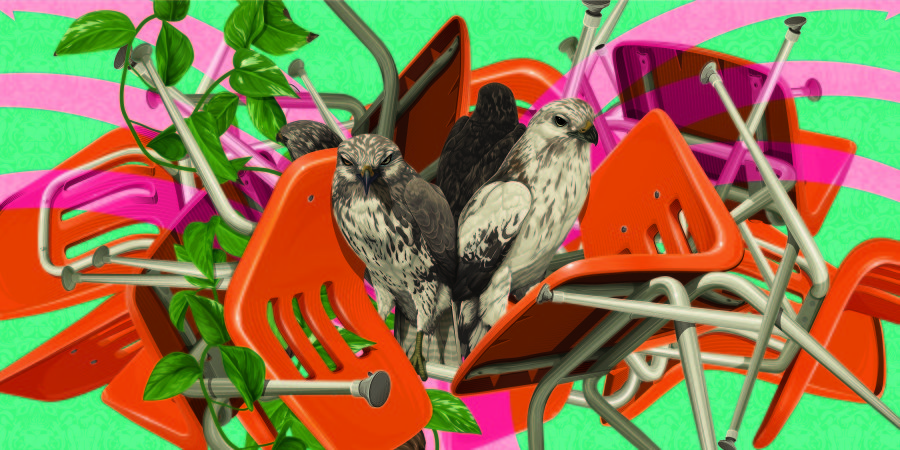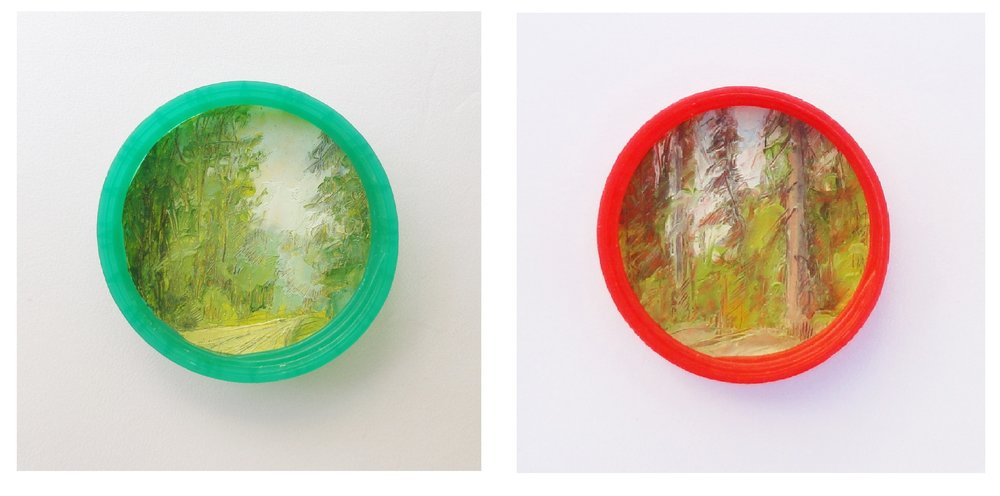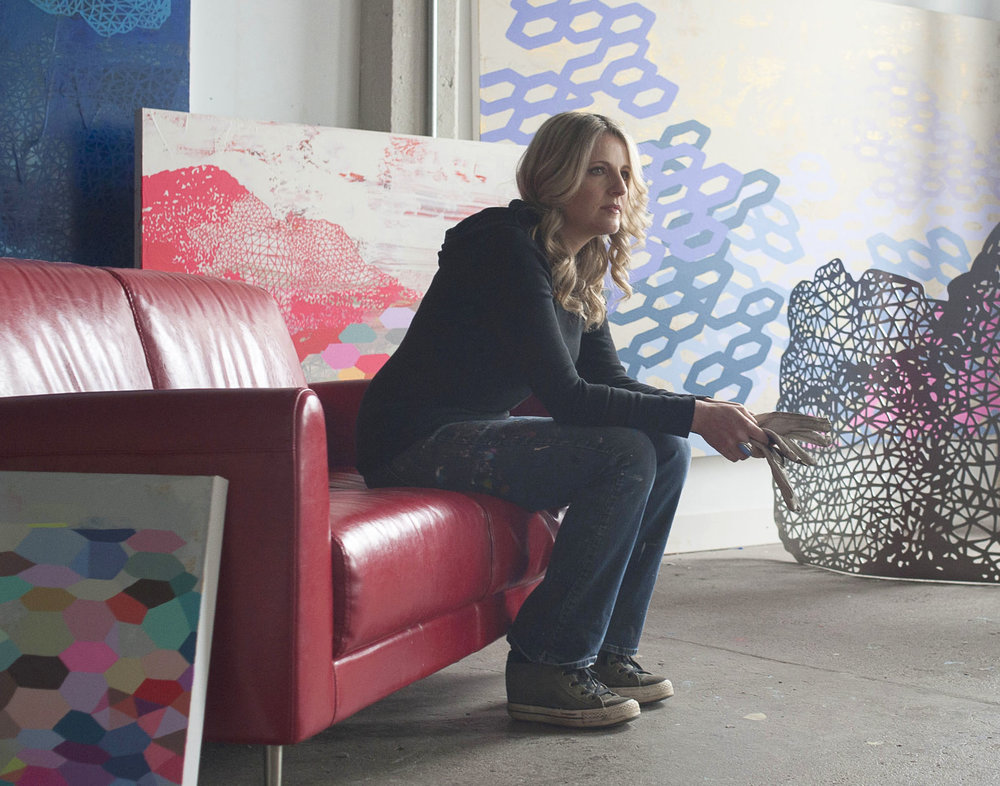Landscape Painting: As Old as Art Itself
Among the most recognizable forms of art for many, landscape paintings in their simplest form are efforts to capture and represent the natural world around us on canvas or other mediums. The beauty of our natural surroundings offers both a comfort based on our own experiences and yet provides a wide range of subject possibilities including mountains, valleys, hills, rivers, forests, and the coastline and other familiar natural settings.





